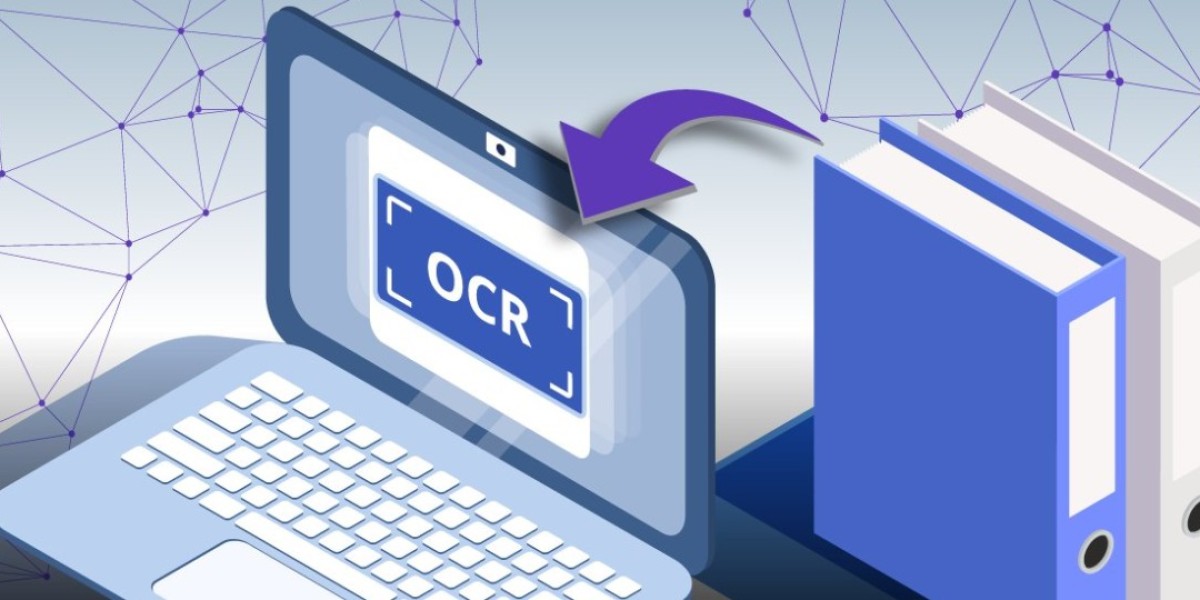Introduction to OCR Technology
In business, time is money. The faster you can get a task done, the better. This is especially true when it comes to data entry. No one wants to spend hours typing out information that could easily be transferred via OCR technology. But what exactly is OCR?
Optical character recognition (OCR) is the electronic or mechanical conversion of images of typed, handwritten or printed text into machine-encoded text. It is widely used to convert books and other documents into electronic files, to minimize data entry.
So how does it work? Basically, an OCR software “reads” an image and converts it into editable text. The accuracy of the conversion depends on a variety of factors, including the quality of the original image, the resolution of the scanner, and the software itself.
While OCR technology has come a long way in recent years, it’s not perfect. There are still potential for errors in the conversion process. That’s why many businesses choose to have a human double-check the accuracy of the OCR converted text before using it for important tasks.
Do you use OCR technology in your business? What has been your experience with it?
Advantages of Using OCR Software Over Human Error
There are many advantages of using OCR software over human error. The first advantage is that OCR software is much faster than a human. OCR software can process large amounts of data in a short amount of time, whereas a human would take much longer to do the same task.
Another advantage of using OCR software is that it is much more accurate than a human. OCR software can recognize text with a high degree of accuracy, whereas a human is likely to make mistakes when trying to read and interpret text.
OCR software is not susceptible to the same type of errors that humans are. For example, if a human misreads a word, they may incorrectly type it out, which can lead to errors in the final document. However, OCR software will correctly interpret the text, regardless of any errors that may be present in the original document.
Challenges of Using OCR Software
As the use of OCR technology increases, so do the challenges that come with it. One of the biggest challenges is finding software that is accurate and reliable. There are a lot of OCR software products on the market, but not all of them are created equal. Some products are better than others at accurately converting text from images, and some products are better at handling different types of images. Another challenge is dealing with the errors that can occur when using OCR technology. Despite the advances that have been made in OCR technology, it is still not perfect. Errors can occur when converting text from an image, and these errors can sometimes be difficult to spot. This can lead to inaccuracies in the text that is produced by the OCR software. Another challenge that comes with using OCR technology is making sure that sensitive information is kept secure. When using OCR to convert images to text, there is always the risk that sensitive information could be leaked. This is why it is important to choose a reputable and reliable OCR software product, and to make sure that security measures are in place to protect your data.
Possible Solutions to the Challenges Faced by OCR Software
There are a number of possible solutions to the challenges faced by OCR software. One solution is to improve the accuracy of the OCR software itself. This can be done by increasing the number of training samples, or by using more sophisticated algorithms. Another solution is to use human proofreaders to correct the errors that are inevitably made by OCR software. This approach is often used in combination with OCR software, in order to ensure a high degree of accuracy. It is also possible to use a mix of both approaches, in order to maximize accuracy while minimizing cost.
Examples of Successful Applications of OCR Technology
There are many different ways that OCR technology can be applied successfully in business. One common way is using it to convert scanned documents into text files that can be edited. This can be extremely helpful for reducing the amount of time needed to input data manually. Additionally, OCR can be used to create searchable PDFs from scanned documents, making it easier to find information later on.
Another way that OCR technology is often used is for automatic indexing of documents. This means that when a document is scanned, the OCR software will automatically read and identify important information like names, dates, and locations. This can save a lot of time when trying to organize large amounts of data. Additionally, some OCR software can even be configured to extract specific types of data from images (like credit card numbers or signatures).
OCR technology can also be used for automated form filling. When users fill out digital forms, the OCR software can be used to automatically populate fields with the appropriate data. This can eliminate errors caused by manual inputting of data, and make it easier and faster to complete forms.
Conclusion
OCR technology has revolutionized the way information is collected and stored. It has made tedious tasks faster and more efficient, while also helping to reduce human error. While it may not be perfect or replace humans entirely, OCR technology is an invaluable tool that should be taken advantage of in order to help streamline business processes. With its ever-evolving capabilities, the battle between OCR technology and human error will continue for years to come.
 " class="wow_main_float_head_img">
" class="wow_main_float_head_img">






